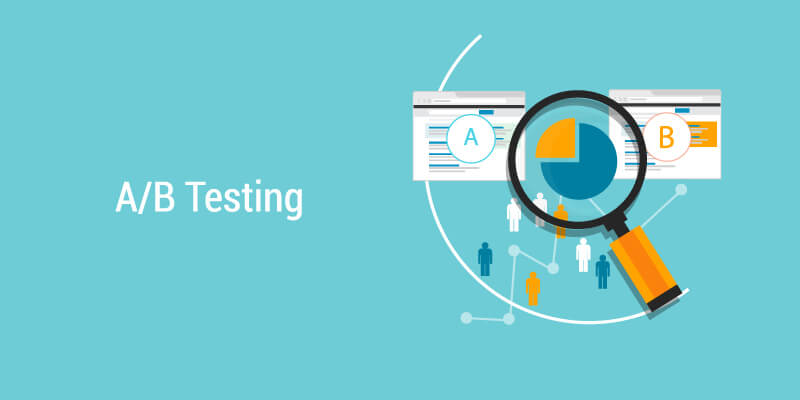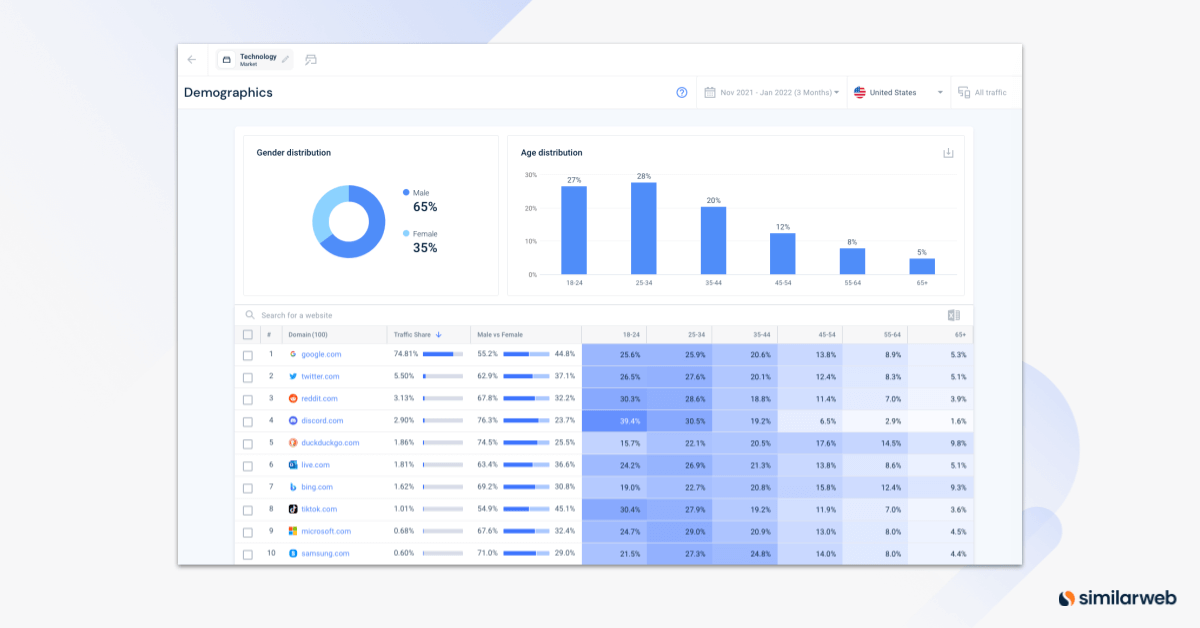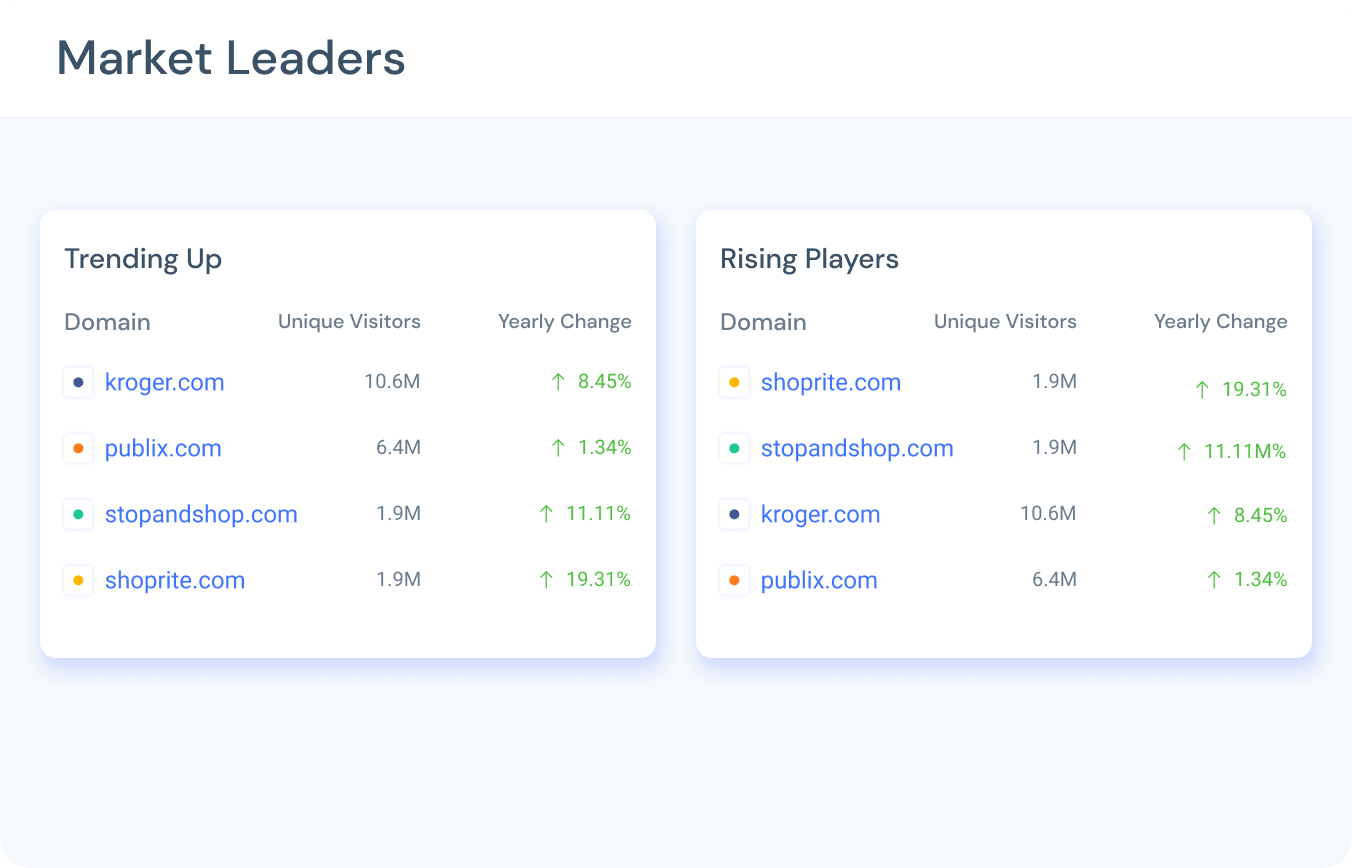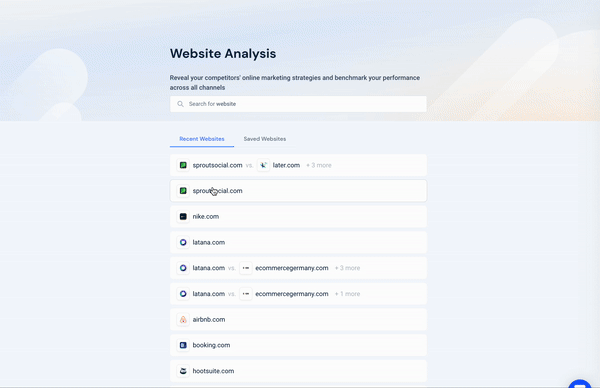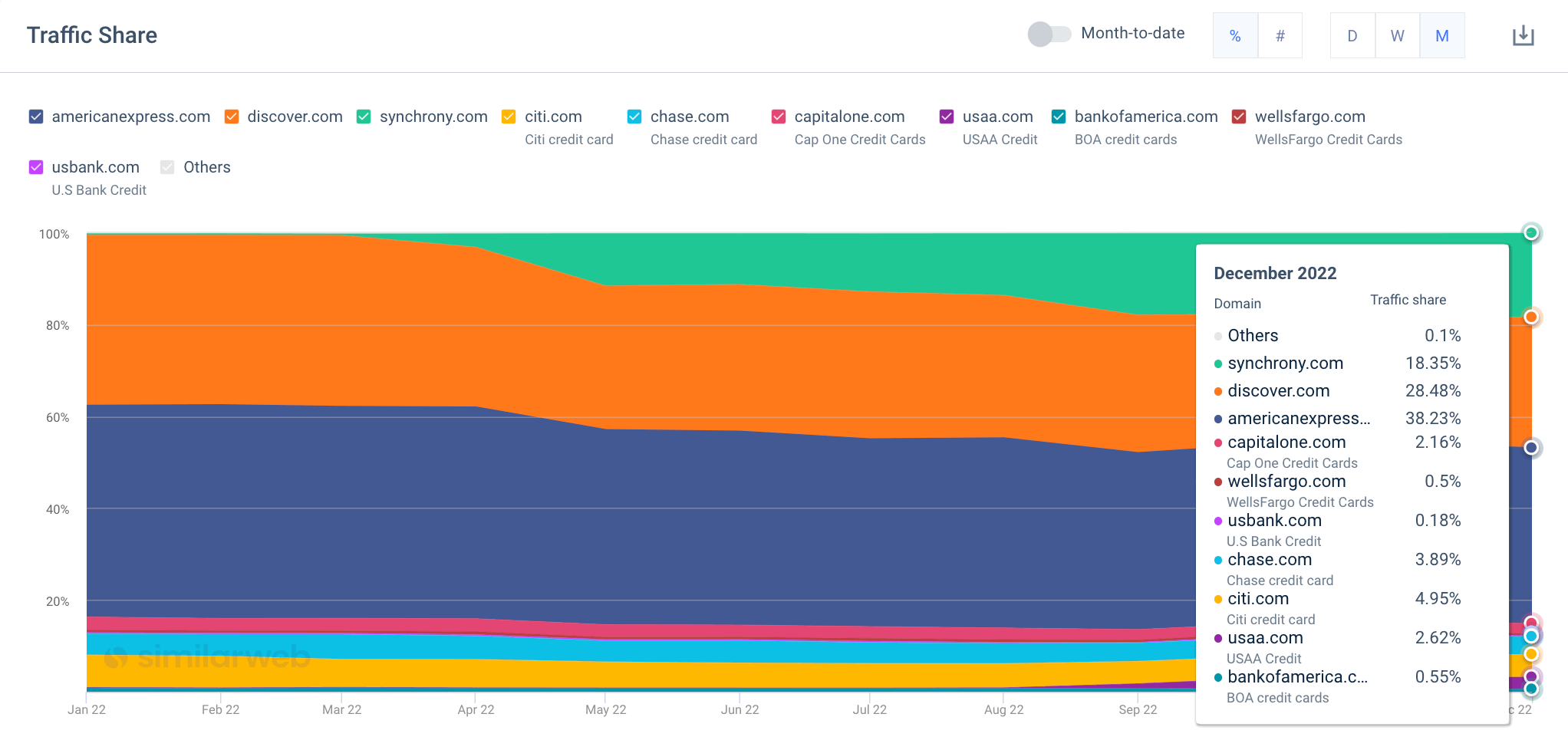Market Validation: 7 Steps to Success + 3 Things to Avoid

Market validation is key for any business that’s serious about success.
Here, we provide an in-depth look at the essential steps to validate your product’s market potential. We’ll cover the fundamentals of market validation and equip you with the know-how to guide you through the process so you can validate your business idea.
What is market validation?
Market validation (aka business validation) verifies the potential success of a product or service. It’s a process of researching target markets, understanding customer needs, and testing the product or service with potential customers.
It’s like taking a product for a test drive and seeing if it runs smoothly! Through market analysis, surveys, focus groups, interviews, and competitive analysis, market validation can help you uncover the key data points you need for smart decision-making.
Why is market validation important?
Market validation uncovers data that helps determine if it’s worth investing your resources in a new venture or not. It helps you understand the market’s potential for your product and its demand. Whether doing research for a business plan, start-up, or launching in a new market, the business validation process is used to help:
- Assess the competitive landscape
- Identify customer needs
- See if your product or service can meet those needs
- Determine if your product is viable and profitable
All in all, market validation is a must for any business that wants to succeed.
Ten market validation examples
Market Research
Use a market research tool to understand the size, demographics, and trends of the market you want to target. This type of research can help companies determine the potential demand for their product or service and identify areas of opportunity.
Online Surveys
Surveys can be used to gather feedback on products or services from potential customers. Questions may include how customers currently solve the problem you aim to address, how important the problem is to them, what features they would like to see, and how much they would be willing to pay.
Competitor Analysis
Competitive analysis frameworks help you understand how a product stacks up against similar offerings from competitors. This process helps companies identify areas of improvement and develop strategies to gain an edge over the competition.
Focus Groups
Focus groups enable further testing of a product or service by gathering groups of potential customers to discuss the offering in detail. This type of research can reveal customer needs, desires, and preferences.
Usability Testing
Usability testing allows companies to evaluate the effectiveness of their product. It involves having real customers use the product, then give feedback on their experience. Usability testing can reveal the features that work well and those in need of improvement.
A/B Testing
A/B testing compares different versions of a product or service to see which is most effective. It involves running two versions of the product or service simultaneously. Results are then compared to determine which version is most successful.
Customer Interviews
Interviews reveal insights into the customer experience by asking consumers about their needs, pain points and gathering product feedback. This helps companies understand what people truly want and need, which can, in turn, enable them to develop better products.
Social Media Monitoring
Social media monitoring can uncover customer conversations about a product or service. By monitoring what’s being said about products or brands in a market, those wishing to enter it can spot potential threats and opportunities to consider.
User Experience Research
Companies can use user experience research to evaluate how users interact with their products. This type of research can reveal areas of improvement and help companies understand how people use their products.
Beta Testing
Companies can use beta testing to test their product in a real-world environment. Beta tests involve having a group of people use the product, and providing feedback on their experience. It can help companies identify issues and make improvements before launching the product.
Three market validation mistakes to avoid
Pursuing the wrong ‘type’ of validation is something that even seasoned entrepreneurs and companies can fall victim to. Not all market validation is created equal, so I’ve outlined four key market validation mishaps to help you avoid the trap that is ‘fake validation.’
Validating your business idea with the wrong type of customers
Don’t be afraid to approach target customers for feedback by soliciting customers who are either too big or small for your market entry point. If your early customers are different from those you wish to target in the long term, it’s important to validate your idea at both ends of the market. If you fail to do this, it can impact short and long-term results; or put you on the wrong path altogether.
To this end, you must always ensure you have the right type, and variety of consumers validating your product.
Validating your idea without considering future international expansion
If you launch in the U.S and only do market validation in the U.S., you limit the potential for international success by performing limited domestic validation. International customers may have a completely different set of problems to solve; there could be regulatory nuances or rival firms that require a bigger consideration.
Always keep long-term goals in mind; if international expansion or new territories form part of your long-term plan, consider this when going through the market validation process.
Seeking feedback from peers or industry connections
Market validation shouldn’t always be comfortable. One could argue it’s most effective when feedback isn’t quite as complimentary as you’d hoped for. I’ll explain. Whether we look at the start-up scene in Tel Aviv or Silicon valley, for example, it’s easy to be sucked in by praise and positive feedback from those in your market.
REAL validation comes from those outside the comfort of your peer group. Don’t self-solicit feedback from anyone who won’t be in the market to buy it from you at some point.
Market validation in seven steps
1: Identify the problem
- Research the needs of the customer base
- Identify unmet customer needs
- Identify what challenges customers face
2: Refine the idea
- Consider how to solve the problem
- Brainstorm solutions
- Evaluate potential solutions
3: Conduct surveys
- Develop survey questions to test the idea
- Send surveys to a targeted customer sample
- Analyze survey results
4: Identify potential customers
- Research customer demographics
- Identify potential customer segments
- Analyze customer profiles
Understand Your Audience with Similarweb from Similarweb on Vimeo.
5: Analyze the competition
- Research the competitive landscape
- Identify competitive advantages
- Analyze competitive pricing
6: Create a prototype
- Design a prototype that meets customer needs
- Test the prototype with potential customers
- Gather customer feedback
7: Analyze market potential
- Calculate the size of the customer base
- Estimate potential market share
- Analyze market trends and potential growth
After the initial work is done, it’s important to monitor your results and how they change over time. Similarweb Research Intelligence can help you track competitors, consumers, and a market with ease.
How Similarweb helps with market validation
If you’re looking to validate a business idea, Similarweb can help with steps 4, 5, and 7 of the market validation process. Here, I’ll show you how to use it to understand the competitive landscape, learn more about a target audience, and gain valuable insights into your target market.
Market validation example: customer research
As we’ve discussed, there are lots of ways you can research customers for market validation. When you need to find and understand audience behavior fast, there’s no better way than through Similarweb’s suite of market intelligence tools.
From researching audience demographics, such as gender, age, and geographies, to seeing target audience interests and cross-browsing behaviors (the other sites or mobile apps they visit), Similarweb can help you comprehensively analyze an audience in minutes.
Here you can see the demographics for the Top 100 sites in the US tech sector over a 3-month period. Here, we see a split of website visitors, with 65% being male vs 35% female. The average age group is made up of 25-34-year-olds, which accounts for 28% of website visitors during this period. Further analysis can be done on any site, for any period or location.
Market validation example: competitive research
Where competitive intelligence is concerned, Similarweb is a powerhouse of a tool you need in your arsenal. Let’s say you want to enter a new market: you need to know who the key players and emerging disruptors are. This is point zero, it’s fundamental data you need to start any competitive analysis process.
First, I’m using Similarweb Industry Analysis to identify my market leaders and emerging players.
Now that I have my list of competitors to analyze, let’s take a look at the competitive analysis process.
To show you how easy it is, I’ve created a quick clip of our competitive analysis in action. In under a minute, I’ve used it to discover:
- Who the major competitors in a market are
- Which traffic channels are most effective in this market
- Generated a list of the right referral partners and advertisers in this space
- Copies of creative materials being used in competitor advertisements
- Discovered what content and pages are the most popular in this market
- The highest volume search terms in the industry
Here, we can see an overview of key traffic and engagement metrics for a chosen competitor. This includes things like total visits to its site, a link to any mobile apps it has, and a full breakdown of which channels its traffic comes from. I can quickly compare these stats against key rivals in the market, to see who is winning or losing traffic; and helping me identify which companies I’m going to analyze in more detail.
Market validation example: market research
Market validation requires you to calculate the market size, estimate your potential market share, analyze market trends. Similarweb lets you do this quickly, with dynamic data sets that represent the market as it stands today. Instead of relying on outdated market reports, you can cut to the chase and use modern digital website analytics to get the most accurate picture of the market at any point in time.
With a metric known as traffic share, we can estimate the potential market size by showing the total reachable audience you have or could have with a product or service.
Using Similarweb Industry Analysis, I can see a real-time snapshot of my market’s performance. With it, I can see the total number of people in a market (unique visitors) and establish how much of that share I have or will target this year.
The best insights are dynamic in nature. They appear to show shifts, sometimes unexpectedly or can indicate growth and changing behaviors as the year progresses.
With Similarweb, you can view changes in traffic share over time with the market trend’s module. It shows the impact of Snychrony’s growth (green) as it picks up; the same can also be seen with USAA (purple). At the beginning of the year, both of these players had almost no impact on the market. By the end of the year, both show they’ve made significant gains. Making each key competitors to track when evaluating step 5 of the market validation process.
Helpful: Read more about how to size a market.
Summing Up
Market validation is the only way to determine whether it’s worth investing more time and resources into a new product or service. In seven steps, you’ll have the intel you need to know if your idea is worth pursuing, or not.
Similarweb makes market validation faster and easier. By helping you quickly understand the market, its key players, and consumers; get a handle on the size of the opportunity, you can get the answers you need to make data-driven decisions about launching a new product or entering a new market fast.
FAQs
What is market validation?
Market validation is the process of gathering consumer feedback to determine the potential success or failure of an offering in the marketplace.
What are some methods of market validation?
Market validation can be done through surveys, focus groups, interviews, product testing, and analysis of customer behavior and preferences.
How can market validation help a company?
Market validation can help a company assess the viability of a product or service before investing significant resources into it. It can also help a company determine if their product or service is meeting customer needs.
When should market validation be conducted?
Market validation should be conducted at the beginning of the product development process and throughout the life cycle of the product or service.
What are the benefits of market validation?
The benefits of market validation include gaining insight into customer needs and preferences, reducing the risk of failure, and increasing the chances of success. Market validation can also help companies better understand their target audience and fine-tune their offering to better meet their needs.
What can market validation tell us about our customers?
Market validation can provide an in-depth understanding of customer needs, preferences, and behaviors. It can give businesses insight into how customers perceive their product or service, what they are looking for in a product, and what they value most. With this information, companies can better tailor their offerings to meet customer needs and maximize success.
Track your digital metrics and grow market share
Contact us to set up a call with a market research specialist



